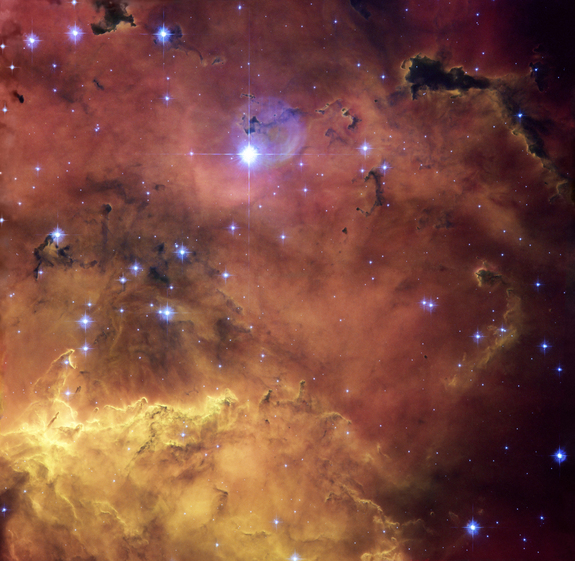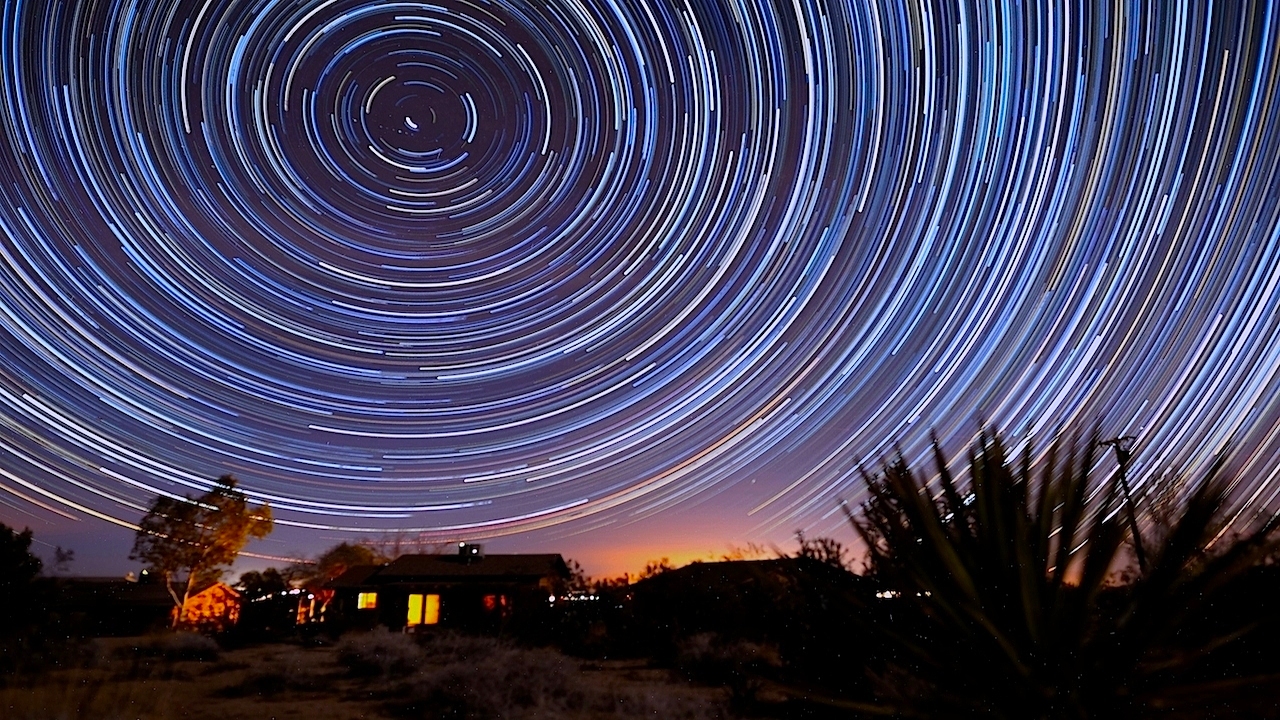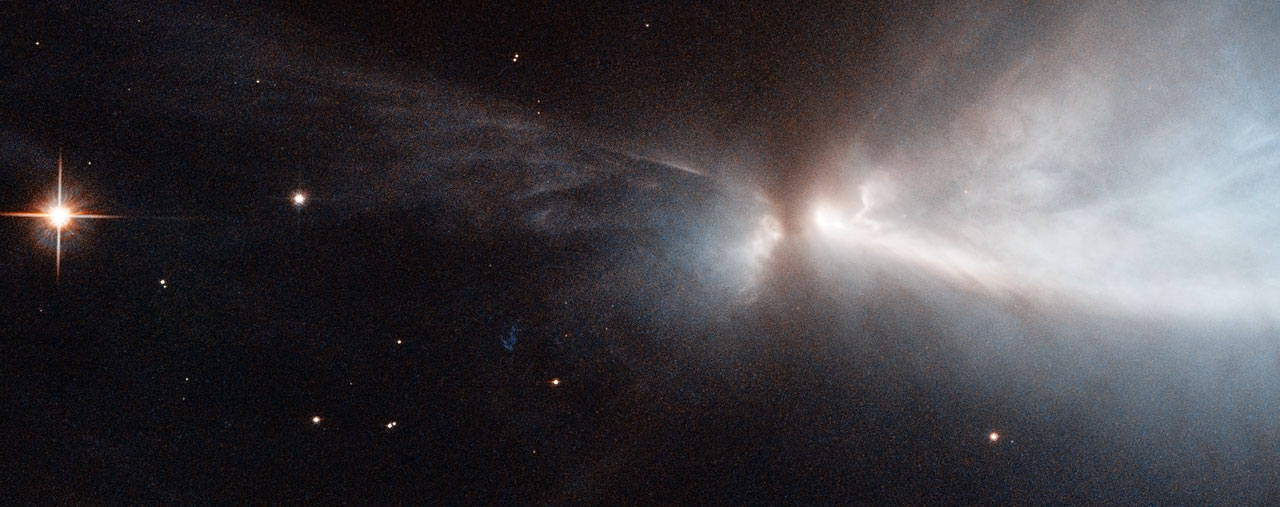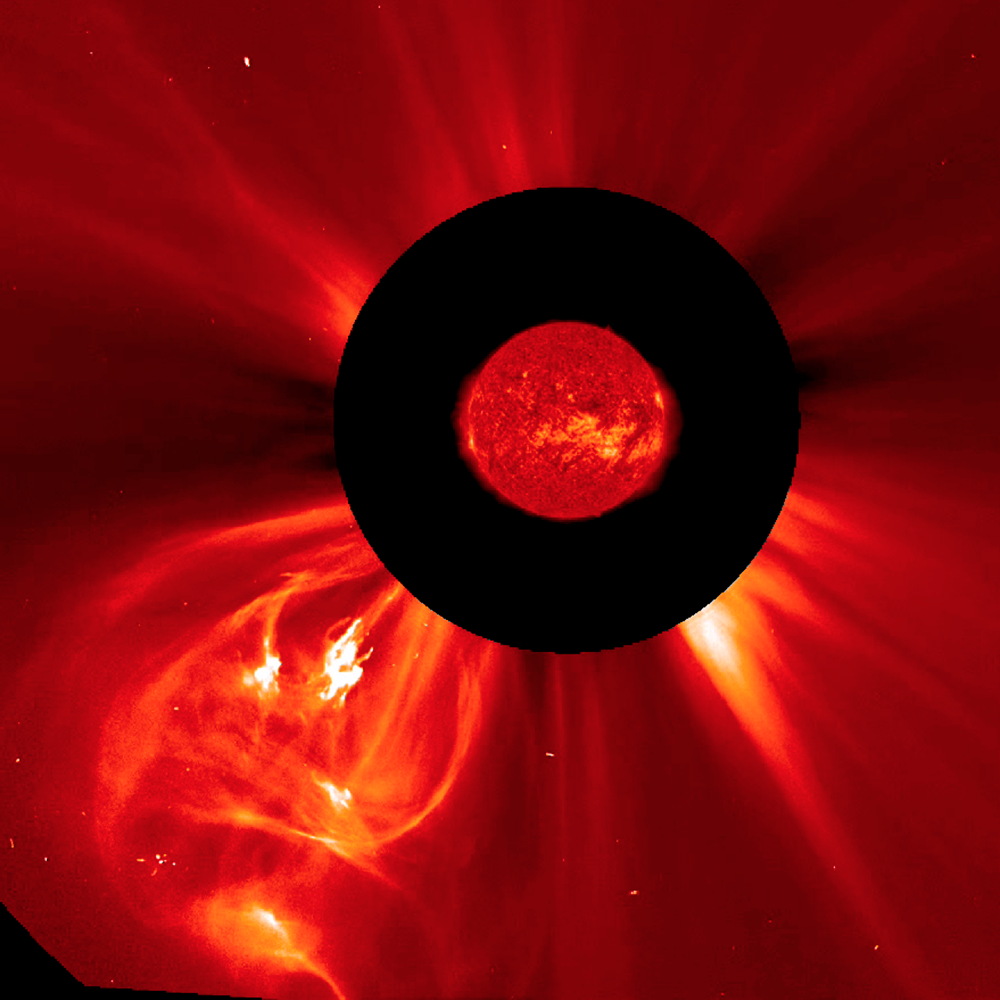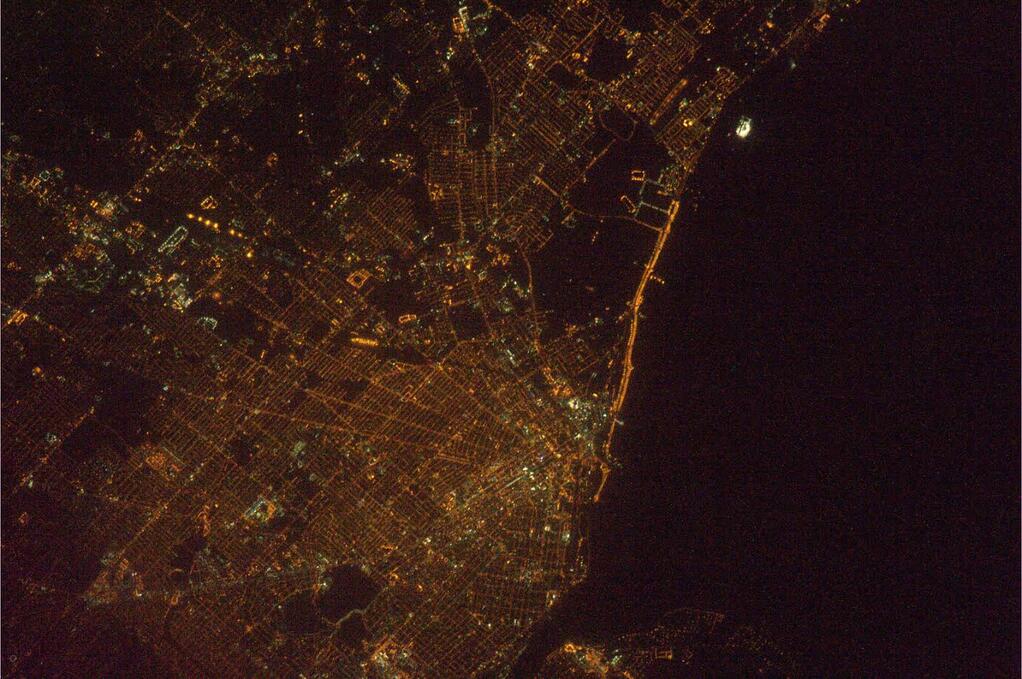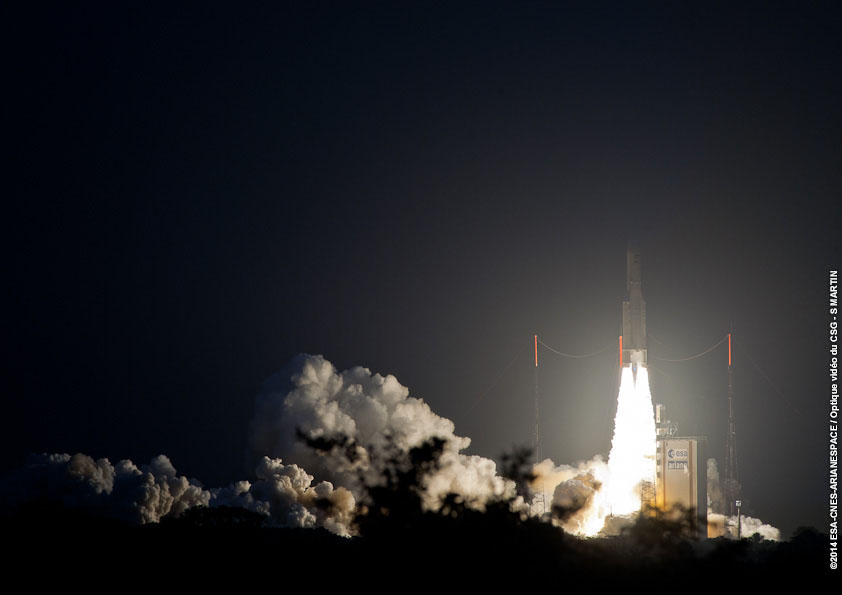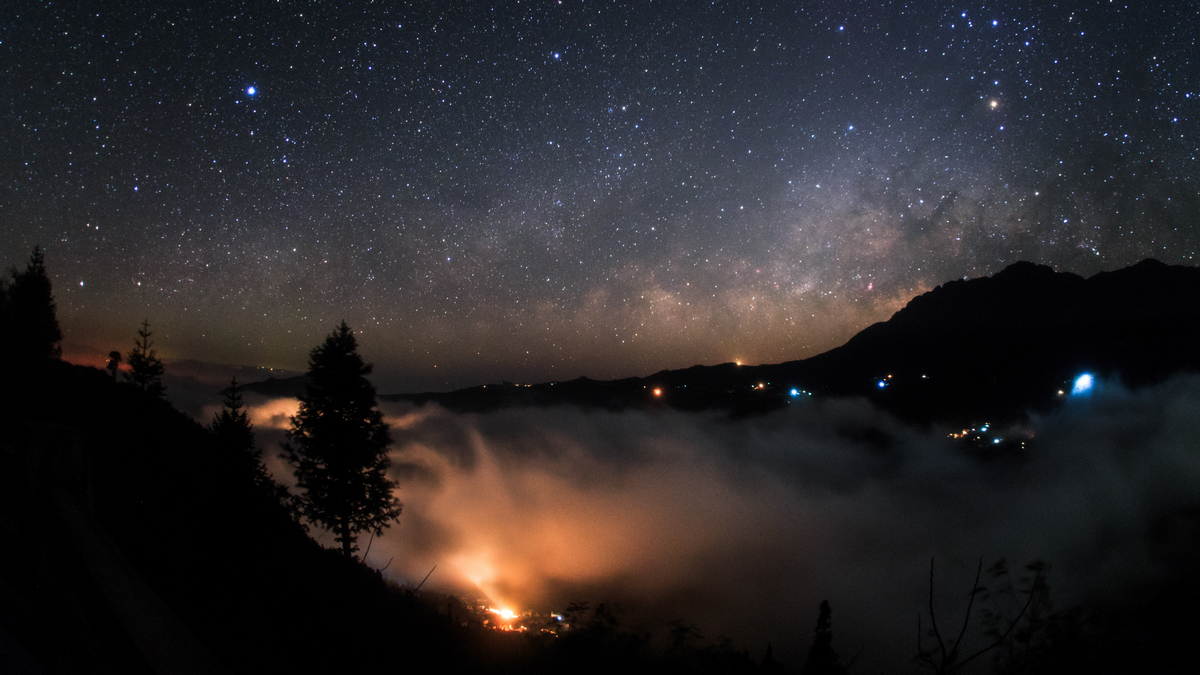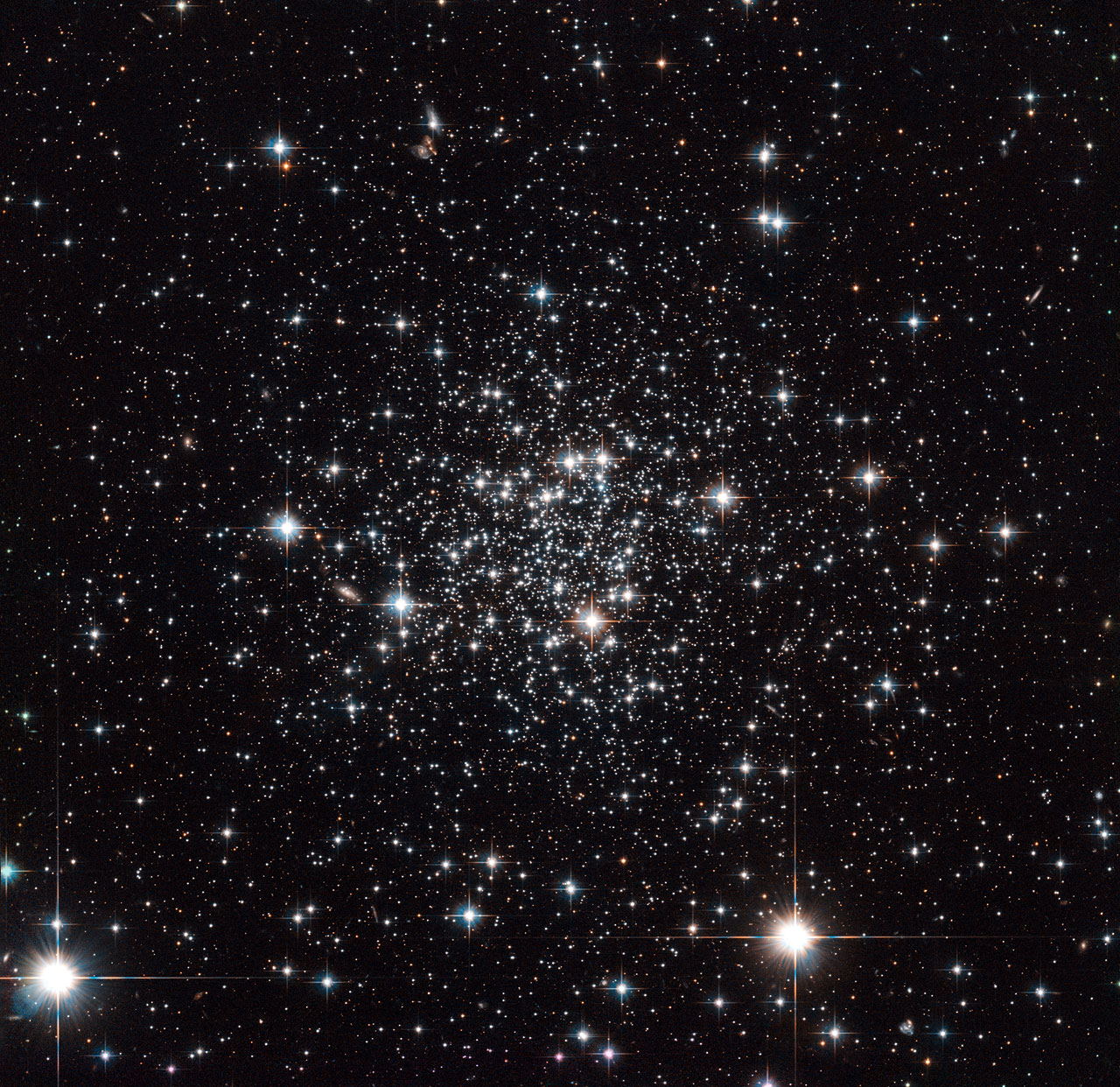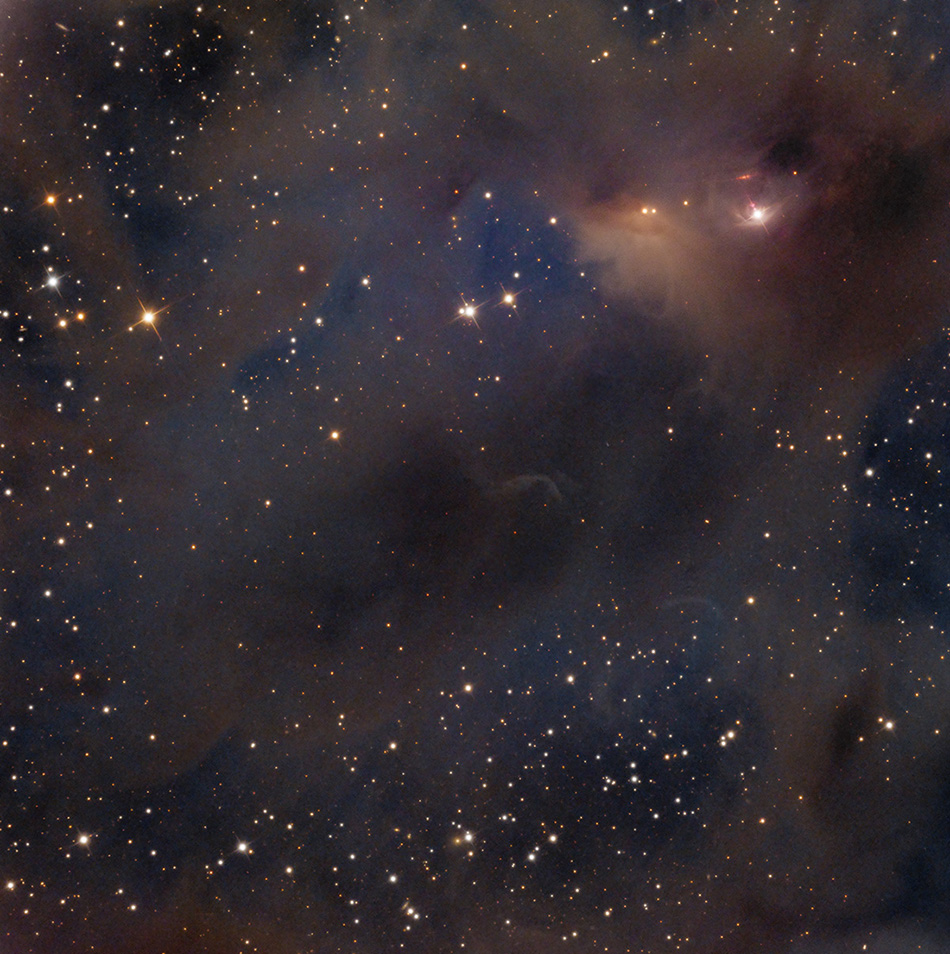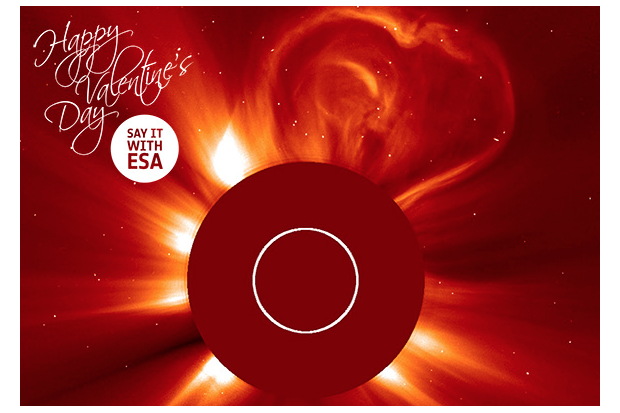Space Image of the Day Gallery (February 2014)
Image of the Day Archives
For older Image of the Day pictures, please visit the Image of the Day archives. Pictured: NGC 2467.
Three Is a Magic Number
Monday, Feb. 3, 2014: NASA's Wide-field Infrared Survey Explorer (WISE) shows a storm of stars brewing in the Trifid nebula. Baby stars burst into being in the stellar nursery,the yellow-and-orange object dominating the picture. Yellow bars in the nebula appear to slice a cavity into three parts, inspiring the name Trifid nebula. Colors in this image represent different wavelengths of infrared light detected by WISE. Hydrogen gas makes up the main green cloud. Within this cloud lies the Trifid nebula, where radiation and winds from massive stars blew a cavity into the surrounding dust and gas, presumably triggering the birth of new generations of stars. Dust glows in infrared light, so the three lines that make up the Trifid appea dark in visible-light views, but shine brightly when seen by WISE. The Trifid nebula lies located 5,400 light-years away in the constellation Sagittarius.
— Tom Chao
The World Rolls 'Round in the Stars
Tuesday, Feb. 4, 2014: Gavin Heffernan of Sunchaser Pictures sends in a photo of star trails over Joshua Tree National Park in California. The image comes from a new time-lapse video entitled, "Joshua Tree Journey 4: Ruins." The cabin pictured stands in Indian Cove Ranch. Image released Feb. 2, 2014. [See more images from Space.com stargazers in our full gallery.]
— Tom Chao
Master Blaster
Wednesday, Feb. 5, 2014: This Hubble Space Telescope image shows a star in the process of forming within the Chamaeleon cloud. This young star blasts narrow streams of gas from its poles, creating this object known as HH 909A. In the stellar life cycle, before growing to a size large enough to glow brightly, new stars briefly throw bursts of material out into space, creating faint nebulosity. During this phase, they are known as Herbig-Haro objects. The Chamaeleon cloud lies in the southern constellation of Chamaeleon, just over 500 light-years from Earth. Astronomers have found numerous Herbig-Haro objects embedded in this stellar nursery.
— Tom Chao
Do the Strand
Thursday, Feb. 6, 2014: The orbiting Solar & Heliospheric Observatory witnessed three solar disturbances erupting from the sun in less than a day, all pushing particle clouds leftwards (in this image) on Jan. 26-27, 2014. The third event holds the most interest, as it shows a former filament separating into strands but still retaining some of its shape as it passes out of the field of view. Here, an image of the sun in extreme UV light (observed by the Solar Dynamics Observatory) has been superimposed on top of SOHO's C2 coronagraph image. The black occulting disk blocks out the sun in order to observe fainter features in the corona. The still image was taken on Jan. 26, 2014.
— Tom Chao
Find Myself a City
Friday, Feb. 7, 2014: NASA astronaut Rick Mastracchio tweeted this photo from his vantage point aboard the International Space Station on Feb. 2, 2014. He wrote: “Only night passes over the USA lately. Here is good city light shot. What city is it?” Although it seemed like he wanted to challenge his Twitter followers to guess the answer, he actually asked for his own information. When asked later by Twitter user @coachbsj to reveal the city, Mastracchio responded, “I don't know which city it is. It was cloudy and dark so very difficult to get a reference from up here. Someone down there knows[.]” A number of Twitter users then identified the city as Buffalo, NY. North is roughly at the bottom of the photo.
— Tom Chao
Keep on (Space) Truckin'
Monday, Feb. 10, 2014: An Ariane 5 rocket blasted skyward on Feb. 6, 2014, from Europe’s Spaceport in French Guiana. The European Space Agency craft carried two telecommunications satellites, ABS-2 & Athena–Fidus, to orbit. The mission represented the milestone 250th launch for Arianespace.
— Tom Chao
Breaking space news, the latest updates on rocket launches, skywatching events and more!
Spring Is in the Air
Tuesday, Feb. 11, 2014: In Yunnan Province, southwestern China, the deep cold winter passes as the central bulge of the MIlky Way rises in the eastern sky before dawn on Feb. 4, 2014, marking the beginning of spring. Astrophotographer Jeff Dai sent in this photo, which he recorded above a sea of clouds in the Yuanyang rice terraces in Yunnan Province. In East Asian cultures, the day — called Lichun — represents the first of 24 lunar terms in the lunisolar calendar, when the sun arrives exactly at the celestial longitude of 315°. Farmers celebrate the day with special events and rituals to insure a successful new year, such as the custom known as “Whip the Clay Ox.”
— Tom Chao
Totally Globular
Wednesday, Feb. 12, 2014: Globular cluster Terzan 7 consists of a densely packed ball of stars bound together by gravity. It lies just over 75,000 light-years away on the other side of our Milky Way galaxy. Terzan 7 used to belong to a small galaxy called the Sagittarius Dwarf Galaxy, a mini-galaxy discovered in 1994. This galaxy currently is colliding with, and being absorbed by, the much-larger Milky Way, and it seems that our own galaxy has already kidnapped this cluster from its former home. Astronomers recently discovered that all the stars in Terzan 7 formed at around the same time, about eight billion years ago, an unusually young age for such a cluster.
— Tom Chao
Giant Cloud
Thursday, Feb. 13, 2014: Astronomer Adam Block of the Mount Lemmon SkyCenter obtained this image of the Taurus Molecular Cloud in December 2013-January 2014. This giant molecular cloud lies in the constellation of Taurus, and represents the closest star-formation region to Earth. A molecular cloud contains molecules, commonly hydrogen and helium, that can coalesce into stars.
— Tom Chao
Heart of the Sun, Rise
Friday, Feb. 14, 2014: The European Space Agency offers "postcards from space" on its website for readers to send to friends, including this and other Valentine's Day-themed ones. This image shows a heart-shaped solar flare seen by SOHO spacecraft. Happy Valentine’s Day! [See full article for the link to ESA's website.]
— Tom Chao
